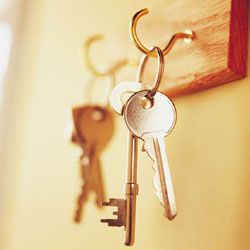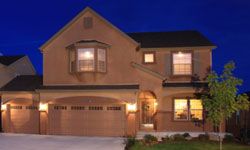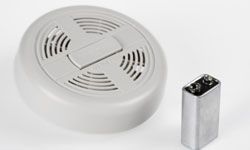The FBI reports that a home burglary occurs every 16 seconds -- and more than 90 percent of the time, the homes are empty. So, who are these burglars? There are two types: amateur crooks who might kick doors until one gives way, and skilled pros who watch a home before targeting it.
The right security measures can discourage expert thieves and beat opportunists. But bad guys aren't your only problem when it comes to safeguarding your home. You, your friends and your family can get hurt by hazardous areas around your property. Check out these 10 simple things you can do to make your home safer for years to come.
Advertisement





